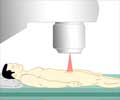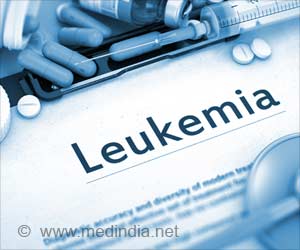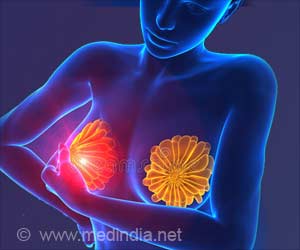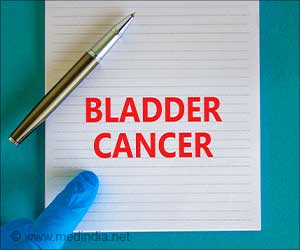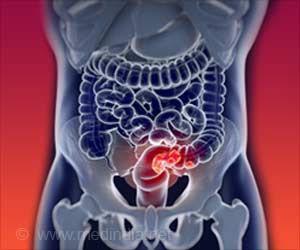The severity of acute urinary symptoms in early prostate cancer patients who undergo radiotherapy can be measured by using a modeling program together with IPSS and dosage measure.
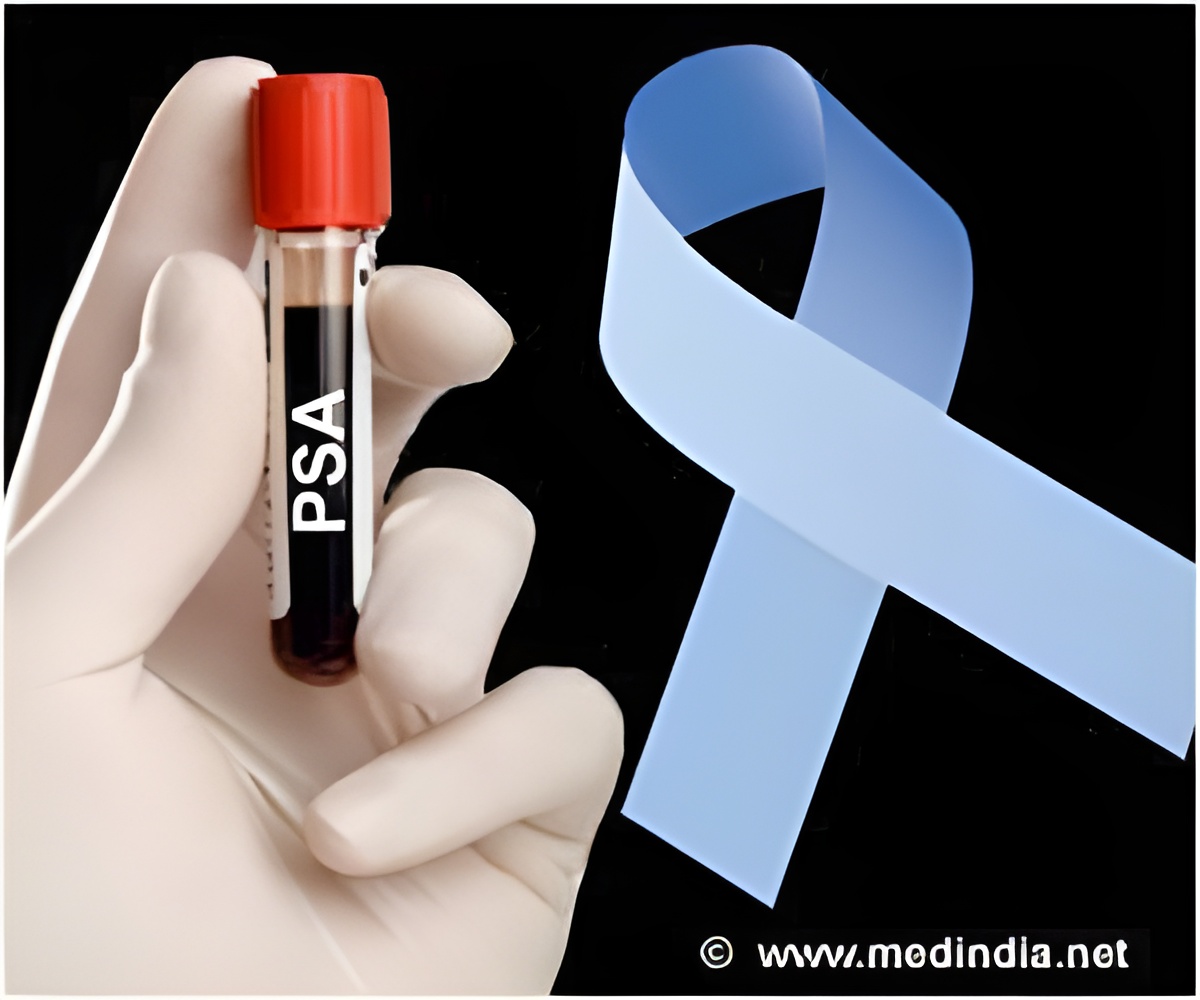
Cozzarini presented the findings at the 5th European Multidisciplinary Meeting on Urological Cancers (EMUC) held in Marseille. A prospective cohort study (DUE-01) which started in April 2010, Cozzarini and colleagues aimed to develop predictive models of genito-urinary (GU) toxicity and erectile dysfunction after high dose radiotherapy (RT) for prostate cancer. Patients treated with conventional (1.8-2Gy/fr, CONV) or moderate hypo-fractionation(2.5-2.7Gy/fr HYPO) were included.
In their ad-interim analysis, the investigators also intended to find a link between pollakiuria (POLL), dysuria (DYS) and nicturia (NICT) as measured by IPSS at RT end and clinical/dosimetric risk factors.
IPSS questionnaire at the start and at the end of RT were prospectively collected by the researchers and planning data were recovered and analyzed with a dedicated program(Vodca, MSS GmbH, Zurich), including absolute (cc/cm2) and % bladder dose-volume/surface (DVH/DSH) parameters referred to both the whole treatmentand to the weekly delivered dose (DVHw/DSHw).
In the study, relevant clinical factors were also prospectively collected including T stage, concomitant morbidities and drugs, use of hormonal therapy (HT), previous surgery, smoking, age, BMI and prostate volume. In IPSS, each item ranges from 0 to 5 with increasing score which indicates increasing toxicity severity: for each question, a score≥4 at the end of the therapy was considered as the end point.
At the time of the analysis (January 2013), 339 patients have been enrolled by nine institutes. Clinical data of 212/339 patients were available (93 CONV and 119 HYPO). Of 172/212 patients both baseline and end-RT IPSS were collected. For 179/212 patients also DVH/DSH were available. Questions POLL, DYS and NICT (respectively 2, 3 and 7) showed the larger increase of the fraction of patients with scores ≥4 between basal and end questionnaire; consequently, the analysis focused on these symptoms.
"This study (DUE01) is aimed at prospectively collecting an enormous number of patient-reported information concerning GU toxicity (and erectile dysfunction as well) before, during and at the end of radiotherapy and for a period of five years after its completion," said Cozzarini.
"As a consequence, the final results of this investigation should have a significant impact on the evolution of radiotherapy of prostate cancer in the next five to 10 years leading to a significant reduction of GU toxicity and sexual dysfunction deriving from a more refined "tailoring" of the radiation therapy," according to Cozzarini.
Source-Eurekalert
 MEDINDIA
MEDINDIA
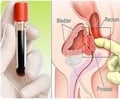
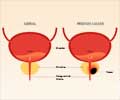
 Email
Email



